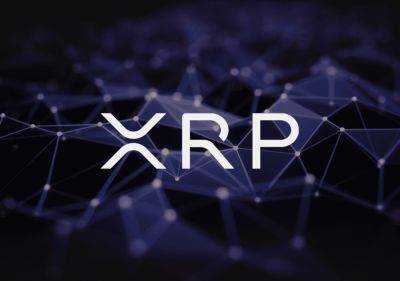Everyone Wants to Be a Bitcoin Miner Right Now – Here’s How to Join In Without Breaking the Bank
Bitcoin mining appears to be having a moment. As the price of the flagship crypto asset scaled to new highs in March, flying on the back of ETF approval news, miner revenues also reached previously unseen levels, with the network distributing close to $70 million each day during the peak.
Furthermore, even thought BTC prices haven’t yet managed to claim the same highs as in March, interest in mining hasn’t waned. In mid-June, Web3 chief at telecoms giant T-Mobile, told attendees at the BTC Prague event that his firm is intending to enter Bitcoin mining, revealing it has been operating a node for some time.
Elsewhere, the Paraguayan government told reporters that it intends to take advantage of energy demand to fuel BTC mining, putting electricity sales to legitimate mining firms at the heart of its energy strategy.
However, it may find competition from the United States if Donald Trump gets re-elected this November, since the former president has vowed to embrace Bitcoin mining as part of his broader strategy to appeal to the crypto sector’s deep pockets for his campaign funding. In a post to his Truth Social followers, Trump said he wanted to all remaining Bitcoin to be made in the USA.
It’s late in the game, and competition among miners is rife, but there’s still plenty of faith in the future value to be captured from Bitcoin mining. However, entering mining as a small-scale operator is almost completely economically unviable these days. The up-front investment in even the simplest mining rig starts at around $20,000. However, that will only buy the smallest-scale mining operations, which must then compete with multi-million-dollar mining farms wielding far more hashpower for the chance to mine a block.
Even if
Read more on cryptonews.com




















